Island rush-rose (Crocanthemum greenei) is a federally threatened channel island endemic species known for their yellow flowers, reddish hew, and densely glandular hairs! […]
Channel Islands
Using a habitat suitability model to promote exploratory surveys of an endangered plant on California’s Channel Islands

Santa Cruz Island rockcress (Sibara filifolia) is an endangered annual wildflower in the mustard family that is endemic to California’s Channel Islands. The plant was believed to be extinct since the 1930s until it was rediscovered on San Clemente Island in 1986 and later found on Santa Catalina Island in 2001. However, Santa Cruz Island […]
Save Plants: November 2023 Newsletter
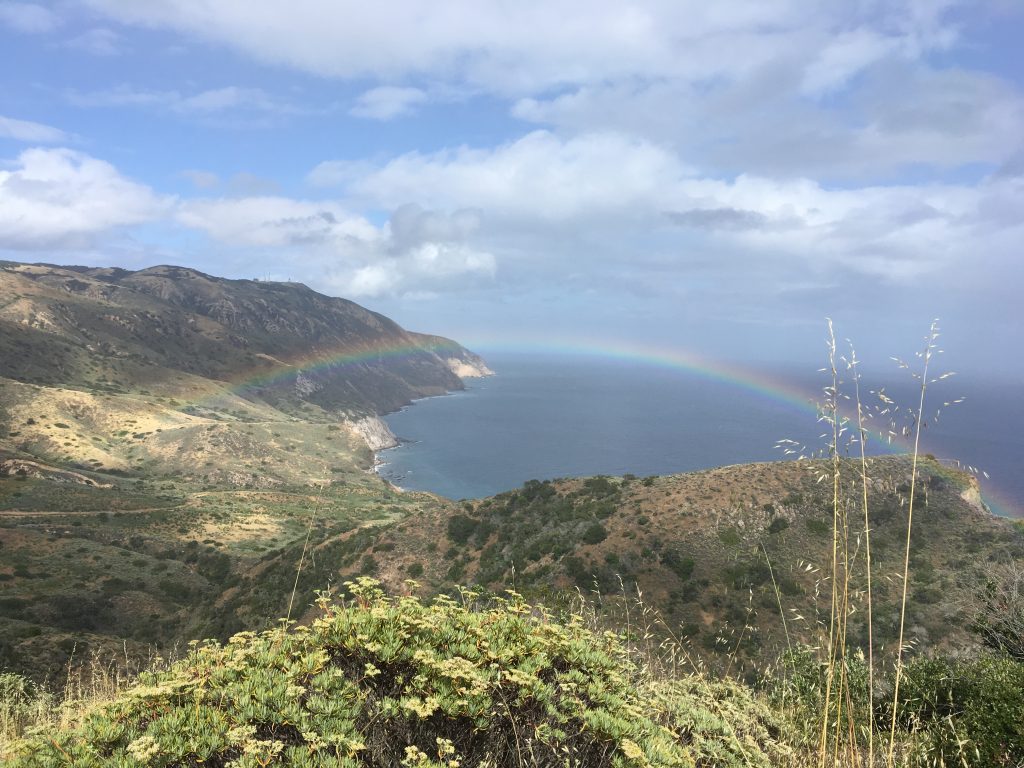
[…]
Rare and Endemic Plants on Islands: Stories of Rarity, Risks, Recovery, and Resilience
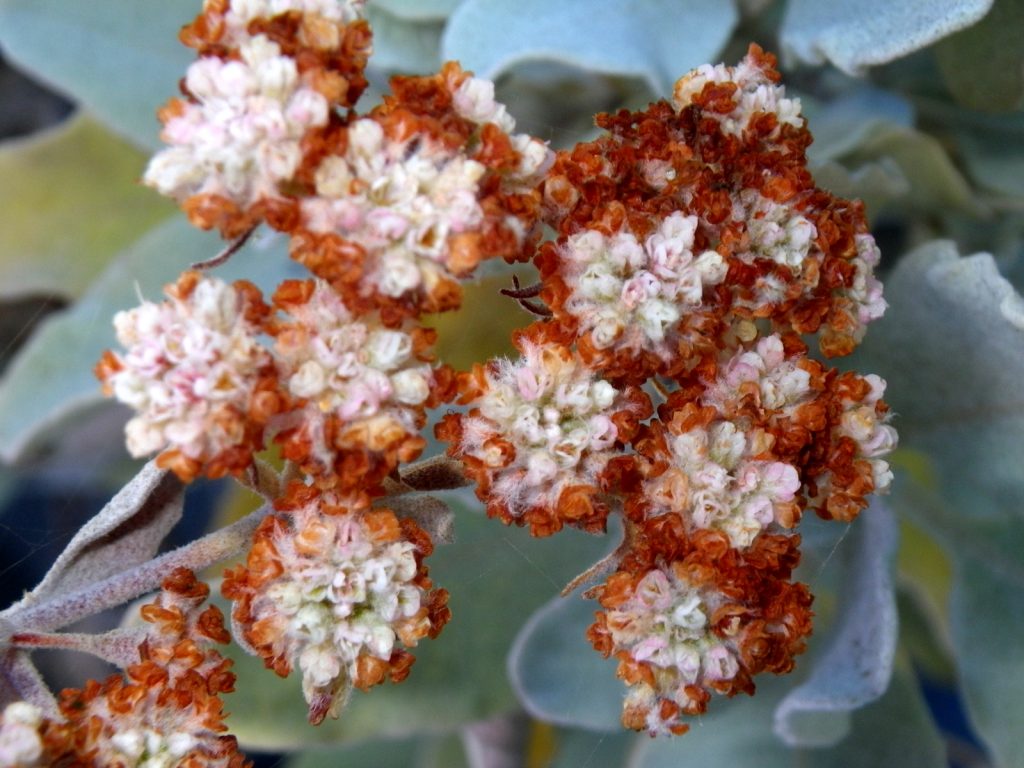
[…]
Conservation Champion: Heather Schneider
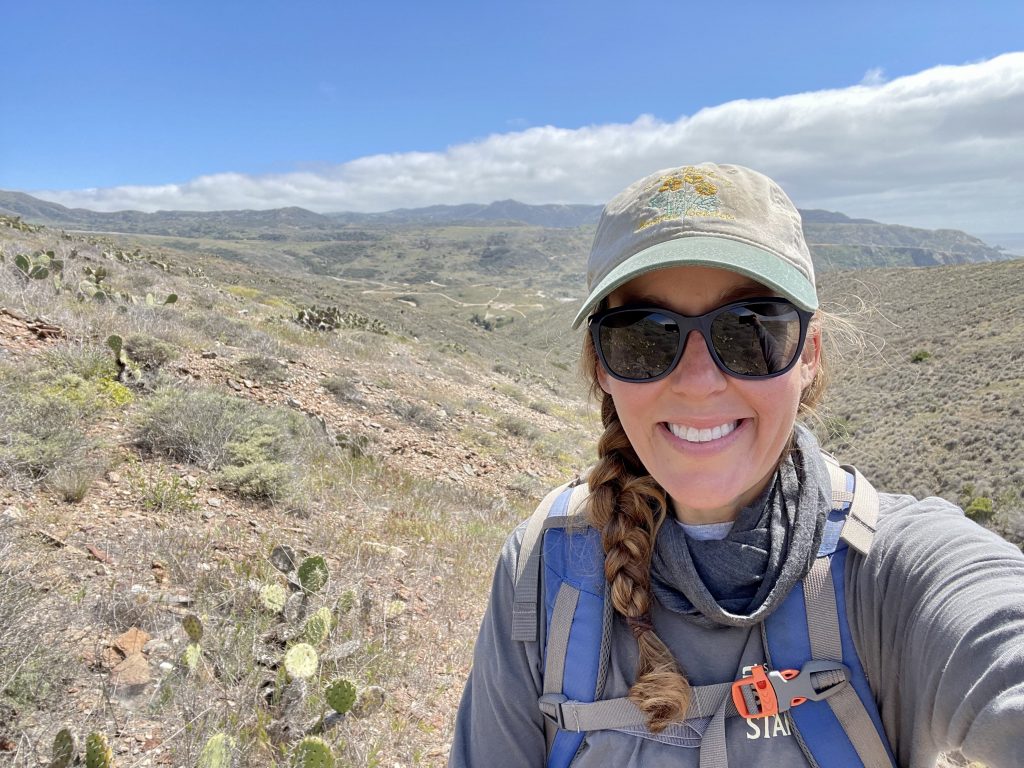
[…]
Quercus tomentella
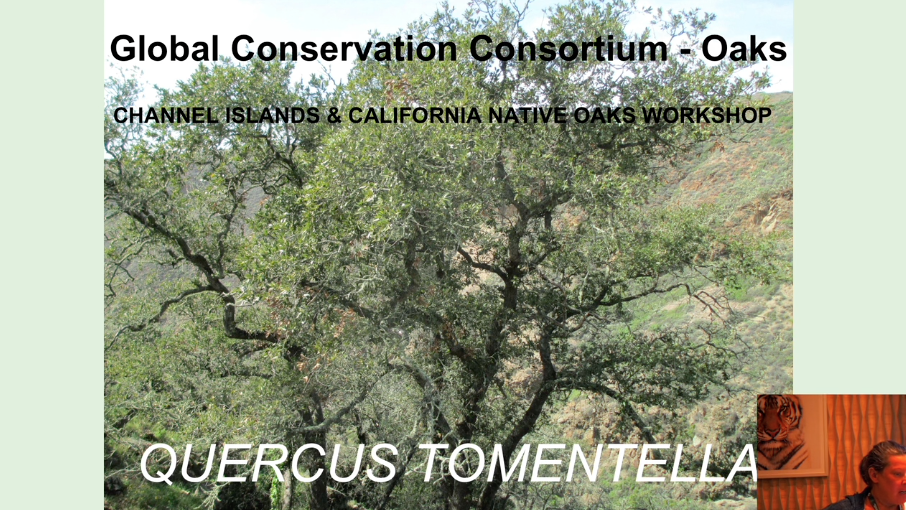
Quercus tomentella is an endangered oak native to the Channel Islands. Initially presented at the 2021 Channel Islands and California Native Oak Workshop, this video gives an overview of this species, specific threats that it faces and the conservation actions that are being taken to preserve it for future generations. […]
Island Scrub Oak (Quercus pacifica)
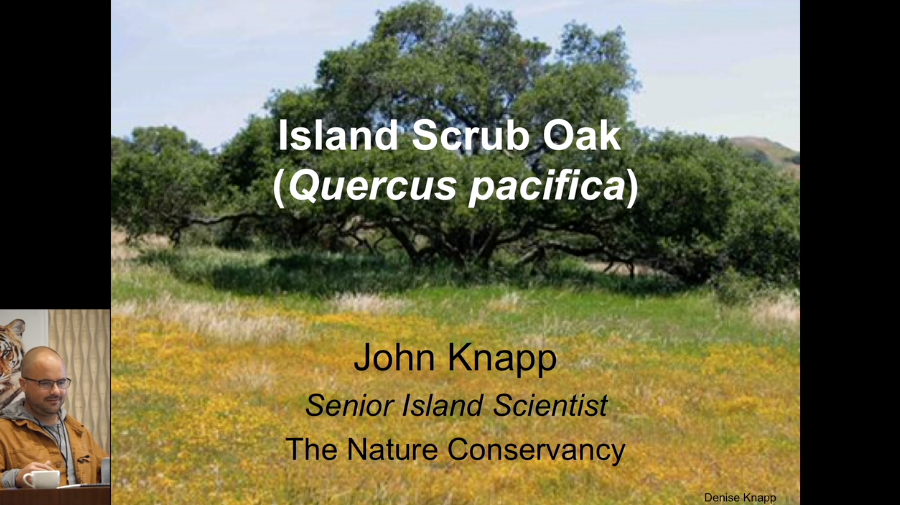
Initially presented at the 2021 Channel Islands and California Native Oak Workshop, this video highlights work being done by John Knapp and his team on the Island Scrub Oak, Quercus pacifica. It nicely documents a range of threats that this oak is currently facing and the conservation actions that are being taken. […]
Threats from Exotic Pests to Native Oak Species in Southern California
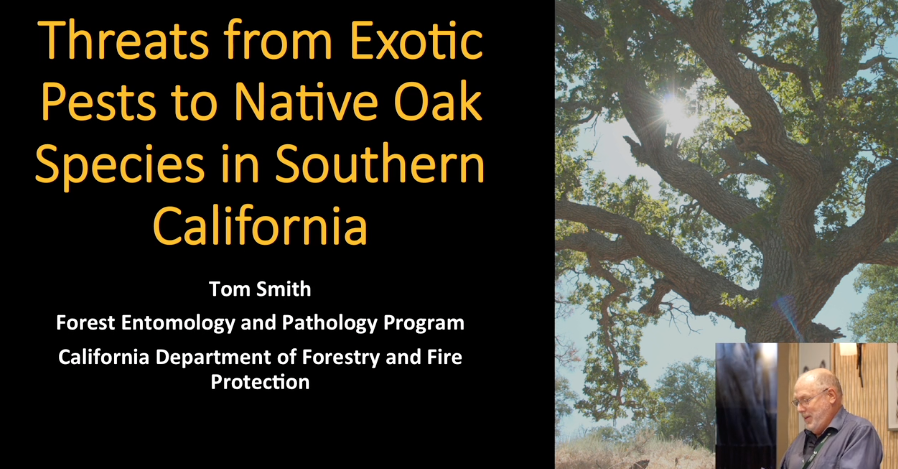
At the 2021 Channel Islands and California Native Oak Workshop, Tom Smith of the California Department of Forestry and Fire Protection discusses invasive pests and pathogens that threaten native oaks across California. […]
Growing Santa Cruz Island lacepod for seed increase
Thysanocarpus conchuliferus is a federally endangered plant that the Santa Barbara Botanic Garden is growing to produce seeds for restoration efforts on Santa Cruz Island. […]
Growing island Phacelia for seed increase in pollinator exclusion tents at the Santa Barbara Botanic Garden […]
Using Ex-Situ Living Collections to Inform In-Situ Conservation Actions
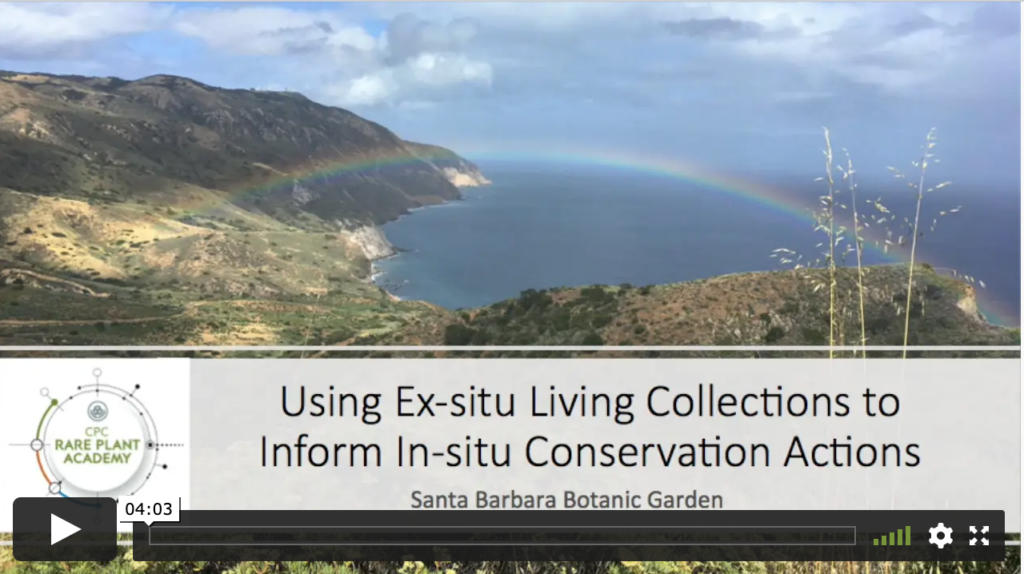
Heather Schneider, Santa Barbara Botanic Gardens There are times when drying and storing seeds is not an option for the conservation of a plant species. This might be because the seeds cannot survive the freezing process, or maybe because the species no longer produces seeds in the wild. Researchers at the Santa Barbara Botanic Garden have […]